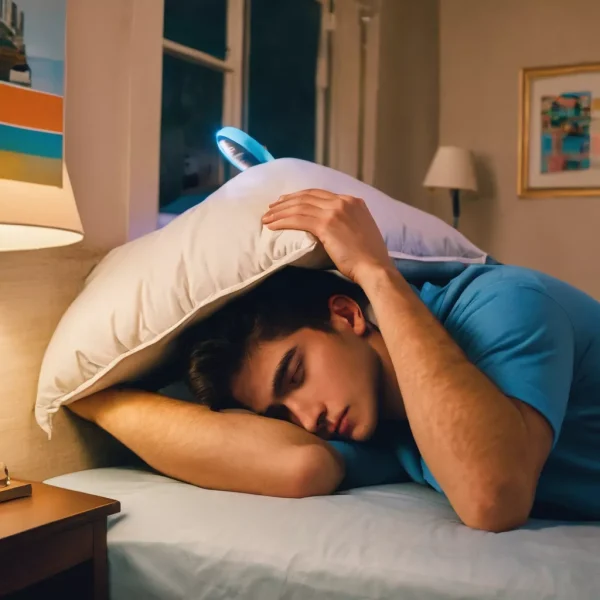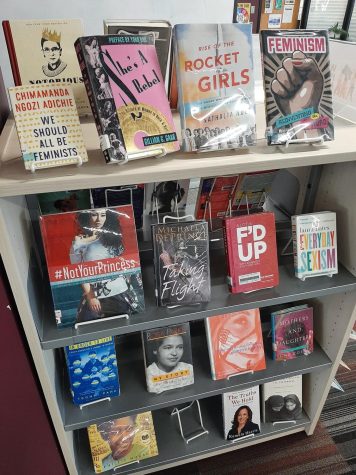The Sexist Truth Behind Dress Codes
A dress code is “a set of rules, usually written and posted, specifying the required manner of dress at a school, office, club, restaurant, etc.”(Webster Dictionary), and ideally it is established at schools to create an environment that is appropriate for learning. However, the reality of dress codes in many schools is rooted in sexist tendencies which mainly target girls. While the official school rules have guidelines for both males and females, more often than not, the students who “violate” the dress code are female. Why is this? Why should females be responsible for how others supposedly react to their outfits?
The foundation of the problem is sexism. Administrators or teachers regulate the length of girls’ shorts, the width of their tank tops (if tank tops are allowed in the first place), and the amount of skin they are allowed to show. In theory, this seems to be rather reasonable in order to avoid girls wearing shorts that expose their underwear or bottoms. But sadly, this is not the case.
For some students, dress codes are so extreme they can restrict personal expression. One such school is a Fred Fifer Middle School (Fred Fifer Dress Code). One section of the policy discusses that students may not wear “spaghetti straps, tube tops, tank tops, mesh tops, sleeveless shirts, shirts worn off the shoulder that expose bra straps, muscle shirts, half shirts or any tops that allow bare midriffs.” That’s right: students cannot wear tank tops of any kind. To me, this excessive and restrictive. Going further, the reason behind the lack of tank tops is due to boys being distracted by the shoulders of girls. By putting the responsibility of what a guy will think on girls, schools are creating an environment that is confining and unsuitable for learning.
Many schools require that any shorts that are worn must be knee length or equal to the length of your fingertips when your arms are down. Not only is this preventing girls from freedom of expression, but it can also be difficult to fulfill due to our culture. I spoke with some girls I know from school, and one of them explained that the issue with requiring that girls wear shorts that are longer is that for teenage girls, it is very difficult to find that style in this day and age. I know this to be true from personal experience, and I eventually gave up and wore what my mother and I felt were appropriate personally. I was never dress coded, but a friend of mine told me a story:
In her 6th grade class, the teacher had all the females stand along the back wall and put their arms straight down, fingertips out so that she could see where their shorts sat. If the shorts weren’t longer or at the same spot as the end of their fingertips, she sent them to the office for a dress code violation, and in the end, only three girls out of fourteen “passed.” My friend felt “humiliated and embarrassed” because “every single guy was watching, [and] half of them [were] laughing.” I have a feeling that she wasn’t the only one who felt this way, and she actually passed. Just by making these girls stand in a line in front of everyone, the teacher was causing them to feel as if they are responsible for others’ thoughts. That is something no one should go through.
This story is just one of the many that I’ve heard, and sadly it won’t be the last. Despite the advancements we have made in fair treatment and equality between all genders, we still deal with issues like this. School should be a place where you go to learn and socialize and feel safe, not a place where teenage girls are sexualized and shamed for their clothing. In order to change the sexist aspects of dress codes, we need to focus on making them equal.
In our school district, we have a relatively loose dress code that is pretty good (D155 Dress Code). None of the rules regulate the length of girls’ shorts or the width of their tanktops. However, for other schools in our area, especially the middle schools, this isn’t the case. Those are the schools we should be focusing on improving.
I hope that we will be able to create a new dress code system that is fair and desexualized and can create a world where girls can go to school and wear what they want to and feel safe and comfortable in their choices.



